Fleas on Cats Symptoms — How to Spot Signs and Treat Quickly
Fleas on cats symptoms are often one of the first signs that your cat — and your home — may need prompt attention. This guide explains the most common signs of flea infestation, safe at-home steps you can take, when to use veterinary products, and how to keep your home flea-free. If you spot any of the flea signs on cats described below, act quickly to protect your cat’s skin and overall health.
How fleas affect cats and what to watch for
Fleas feed on your cat’s blood and their bites cause intense itching. The most obvious fleas on cats symptoms include constant scratching, biting, or licking (especially around the tail base and neck). You may also notice hair loss, red bumps, scabs, or scaly patches from repeated scratching. Some cats develop flea allergy dermatitis — an allergic reaction to flea saliva — which can cause more severe skin inflammation and symmetrical hair loss.
Another classic sign is finding tiny black specks (flea dirt) in the fur. Wipe a few specks on a damp white paper towel — if they turn reddish-brown, it’s flea feces made of dried blood. In severe cases, especially in kittens or frail cats, fleas on cats symptoms can progress to anemia, weakness, and poor appetite. Check your cat regularly and consult your vet if symptoms worsen.
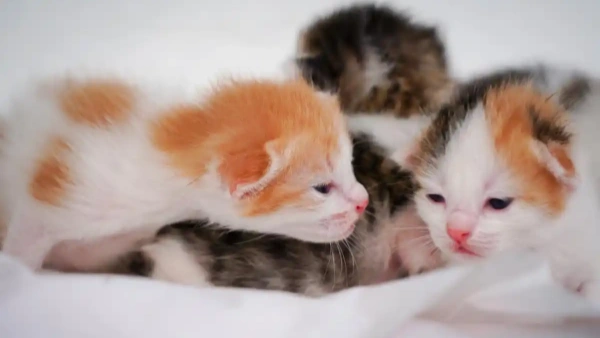
Behavioral cues and less obvious signs
Beyond scratching, observe behavioral changes. A cat with fleas may groom obsessively, rub against furniture or the floor to relieve itching, or become unusually restless. Some cats hide or avoid being touched. Check areas where fleas like to congregate — the base of the tail, the belly, the inner thighs, and behind the ears. If you’re unsure how to check thoroughly, follow this practical step-by-step check: part the fur, look for tiny jumping insects, and use a fine-tooth flea comb to inspect for live fleas or flea dirt.
For a visual and step-by-step walkthrough of basic diagnosis and treatment options, see this helpful resource on cat flea treatment.
How to confirm fleas: combing and spotting flea dirt
A fine-tooth flea comb is often the quickest way to confirm an infestation. Comb around the neck and tail base over a white paper towel — fleas or flea dirt will be obvious. If you find specks, moisten them and watch for the red halo that indicates digested blood. Confirming the problem early helps you choose the right treatment and avoid complications like secondary skin infections or tapeworm transmission.

Safe at-home steps to manage mild infestations
When you notice early cat fleas symptoms, immediate at-home steps can bring relief while you arrange professional treatment. Start with thorough grooming and combing to remove adult fleas and flea dirt. Give your cat a bath only if they tolerate it — using a mild cat shampoo or a vet-recommended flea shampoo can remove live fleas physically. After bathing, dry the cat completely to avoid chilling and fungal risk.
Clean the environment: vacuum carpets, rugs, and upholstery daily and empty the vacuum outside. Wash bedding and soft toys in hot water (≥60°C / 140°F) to kill eggs and larvae. For more tips on home removal tactics, check this guide on how to get rid of fleas on cats.
Home remedies and their limits
Many owners try natural remedies such as diluted apple cider vinegar spray, lemon rinses, or rosemary washes. These may temporarily discourage fleas but rarely eliminate an established infestation because flea eggs and pupae hide in the environment. Use home flea remedies for cats carefully — never apply essential oils (like tea tree or peppermint) directly to cats, as they can be toxic.

When to use veterinary flea products
Over-the-counter spot-on treatments, oral tablets, and collars can be very effective when chosen and used correctly. For consistent control, use a vet-approved product tailored to your cat’s age, weight, and health status. Popular effective strategies include monthly topical treatments or oral medications that kill fleas quickly and break the life cycle. Avoid dog-specific products — they can be toxic to cats.
If your cat has severe inflammation, secondary skin infection, or signs of anemia (pale gums, lethargy), visit your vet right away. Your veterinarian can recommend prescription-grade products or combination treatments and check for flea-related complications like tapeworms.
Household flea control: treat pet + home + yard
Successful flea control treats the pet and the environment concurrently. In addition to treating your cat, vacuum daily, wash bedding, and consider a household spray or fogger labeled for indoor flea control if infestation is heavy. For outdoor cats or yards, targeted lawn treatments can reduce flea populations. For step-by-step prevention strategies, visit flea and tick prevention for cats.
Everything Our Vets Recommend
Special considerations for kittens and senior cats
Kittens and senior cats are more vulnerable to fleas. Kittens under 8 weeks or under the minimum weight for certain products require safer, veterinarian-supervised options. Senior cats with chronic illness may need gentler regimens. Always check product labels and discuss treatment choices with your vet before starting any flea medication.
Preventing future infestations
Prevention is the best approach. Keep your cat on a regular flea prevention program year-round if you live in a flea-prone area or if your cat goes outdoors. Regular grooming, routine checks, and maintaining a clean living environment reduce the odds that fleas will take hold. If you have multiple pets, treat them all simultaneously to prevent reinfestation.
Fleas on cats symptoms: quick checklist
Frequent scratching, biting, or excessive grooming
Small red bumps or scabs, especially around the tail base and neck
Visible fleas or flea dirt (black specks) on fur
Hair loss, especially in patches or symmetrical patterns
Pale gums, weakness (possible anemia in severe infestations)
FAQ — Common questions about flea signs on cats
Q: How quickly do fleas show symptoms on cats?
A: Symptoms can appear within days of exposure. Many cats show itching and flea dirt within a week. Some cats may not show obvious signs immediately but still carry fleas and spread them in the home.
Q: Can indoor-only cats get fleas?
A: Yes. Fleas can be brought indoors on clothing, other pets, or wildlife. If you find flea signs on cats, check all pets and the home environment.
Q: What if my cat is allergic to fleas?
A: Flea allergy dermatitis makes even a single flea bite trigger severe itching. In these cases, strict prevention and quick eradication are essential. Your vet may prescribe anti-itch medications, antibiotics for secondary infections, and a robust prevention plan.
If you suspect flea activity, start with a careful check and consult your veterinarian for a safe, targeted treatment. Early action preserves your cat’s comfort and prevents home-wide infestation. For guidance on treatment and eradication options, see this page on how to tell if cat has fleas.
Take action now: Inspect your cat today for the common fleas on cats symptoms, comb for flea dirt, and call your vet if you find fleas or persistent skin problems. Prompt treatment protects both your cat and your household.
You May Like:
- How to Tell If Cat Has Fleas: 5 Clear Signs Every Owner Should Know
- How to Get Rid of Fleas on Cats – A Fast and Safe Guide
- Fleas on Cats Symptoms — How to Spot Signs and Treat Quickly
- Cat Flea Tick Control Tips for a Healthy and Happy Pet
User Comments
Does flea treatment kill ear mites too?
Can dogs take human probiotics?
Can dogs have people probiotics safely?
Related Articles
View all
How Often Flea Treatment Cat? Most Owners Get This Wrong

How to Apply Flea Medicine on Cats: Beginner’s Guide
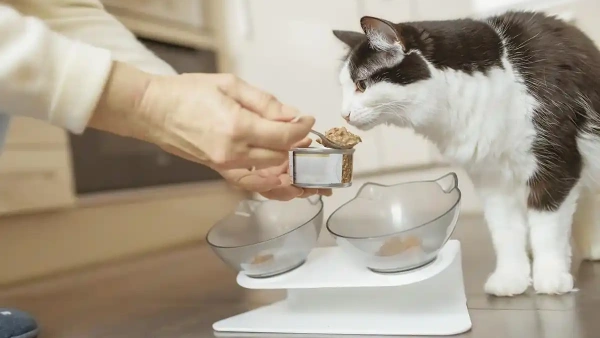
Best Cat Flea Spray for Cats in 2025: Vet Approved

Where to Put Flea Treatment on Cat: Updated 2025 Guide

How Often Flea Treatment Cat? Most Owners Get This Wrong

How to Apply Flea Medicine on Cats: Beginner’s Guide

Best Cat Flea Spray for Cats in 2025: Vet Approved

Where to Put Flea Treatment on Cat: Updated 2025 Guide
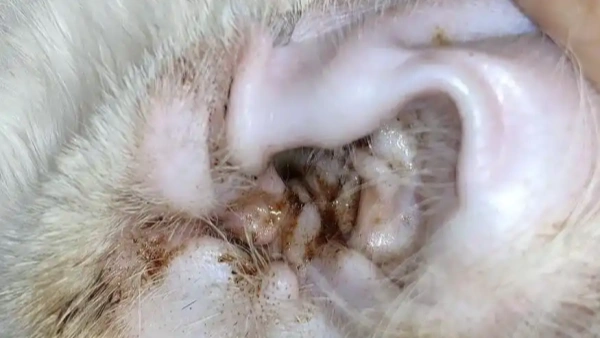
Best Flea and Ear Mite Treatment for Cats (2025 Review)

Safest Flea Prevention for Cats: A Complete 2025 Owner’s Guide

Flea Spray for Kittens: Best Options and Vet Advice 2025

Fleas on Newborn Kittens: Complete Treatment and Prevention
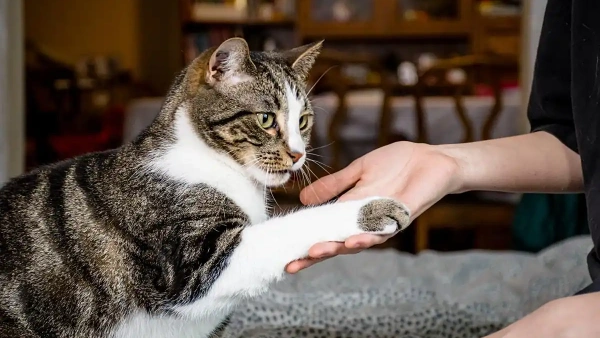

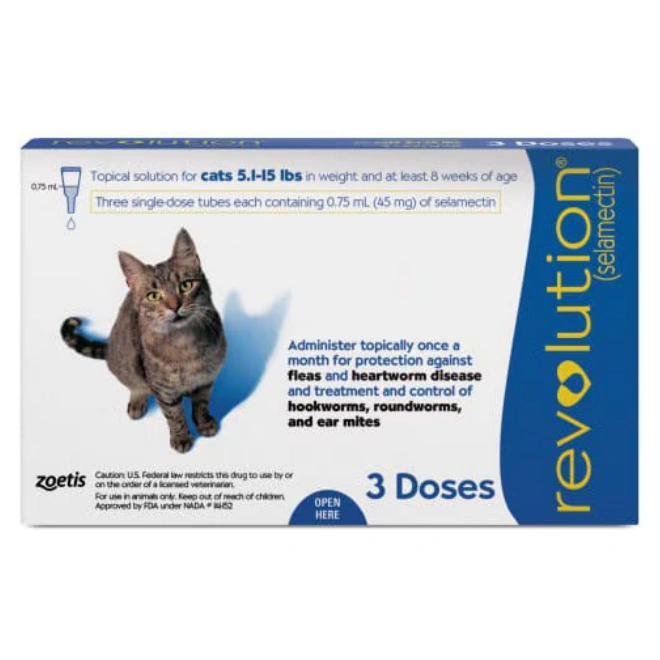
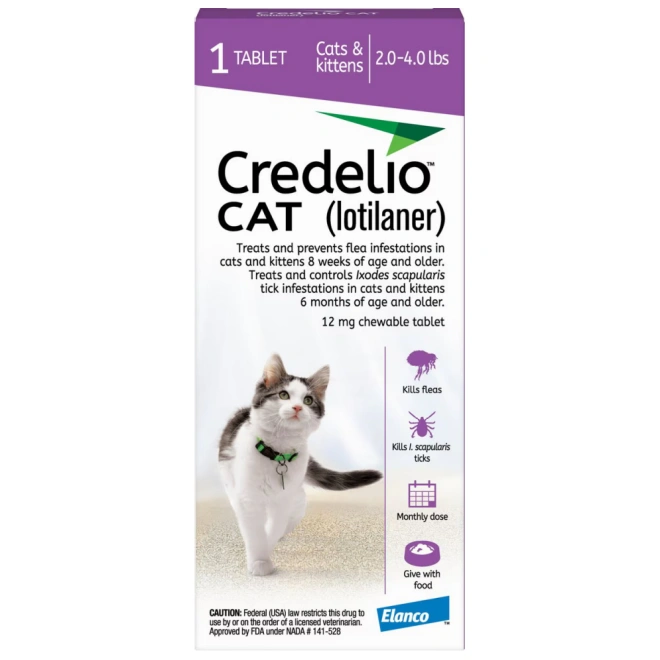
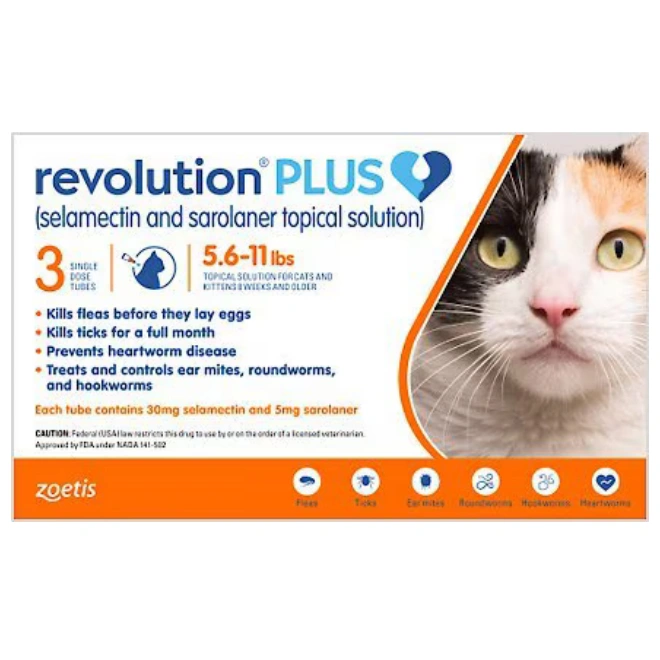
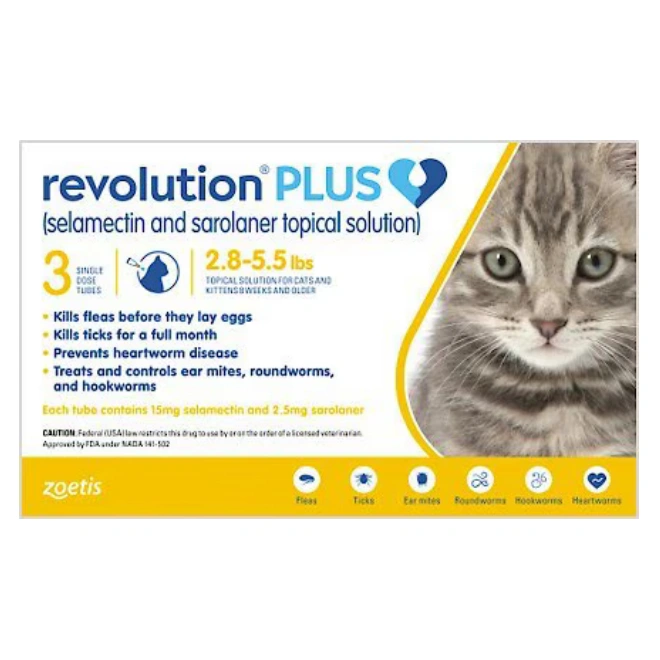








Leave a Reply